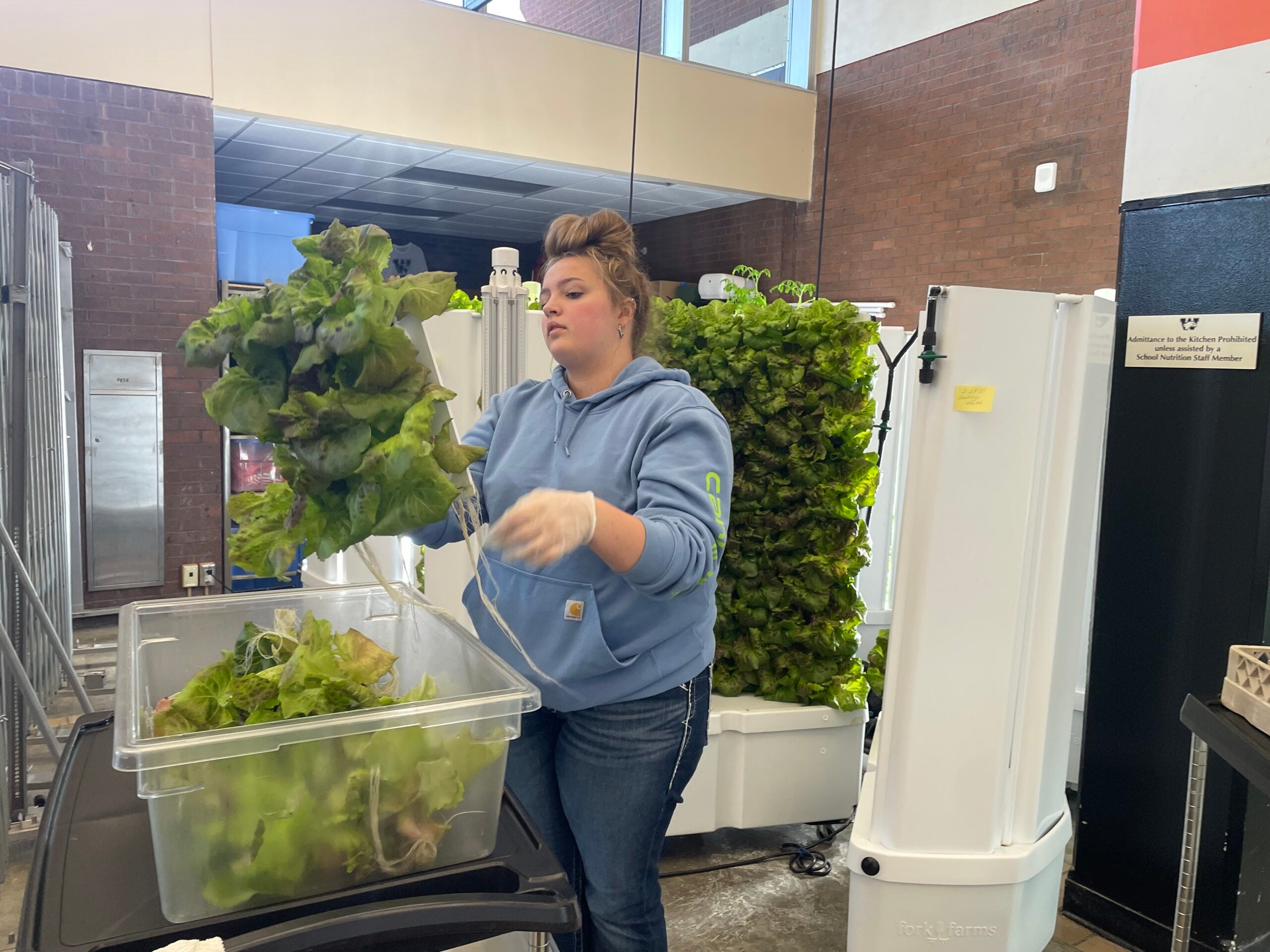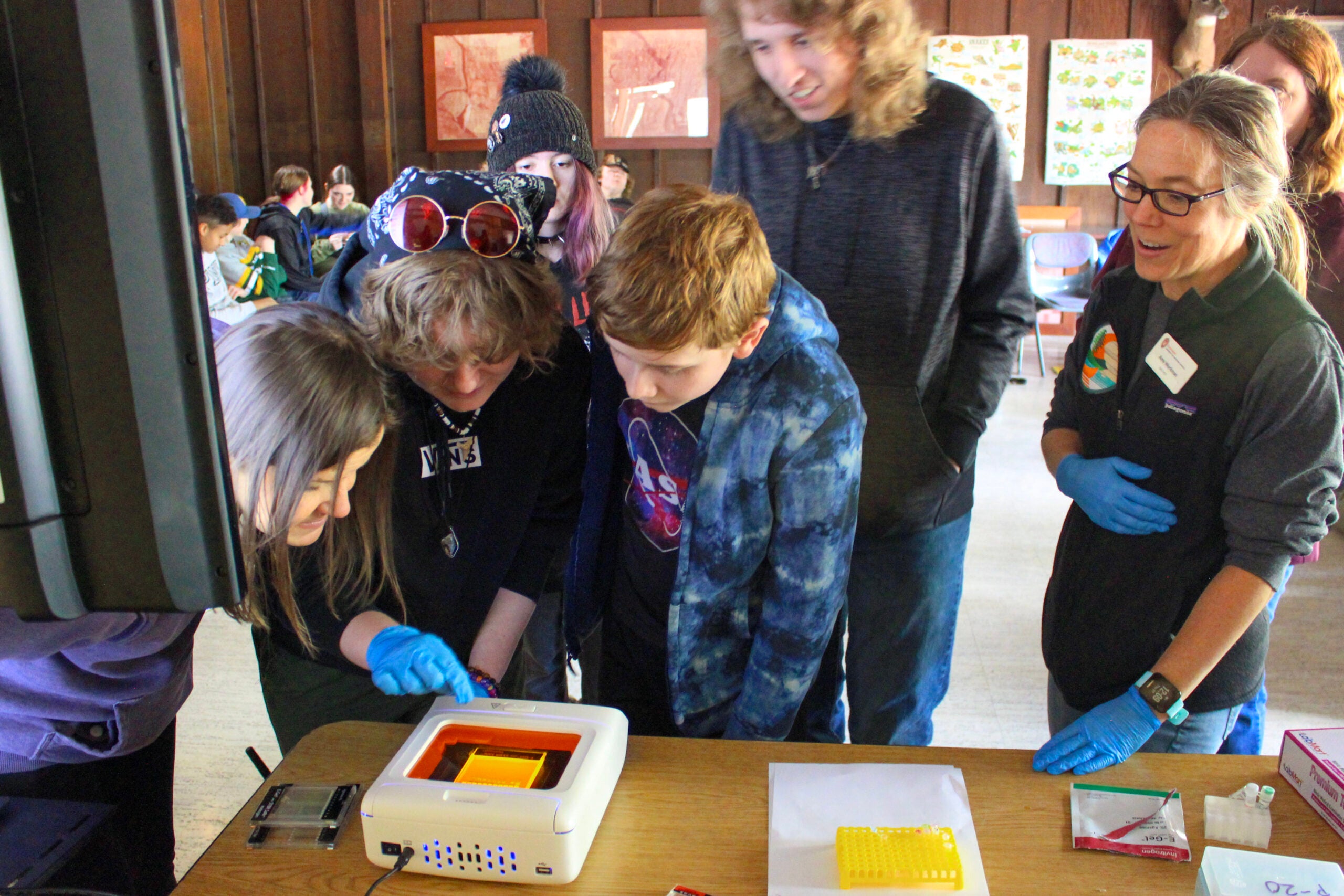Across the Mississippi River on the Wisconsin border, a student at Winona Senior High School in Minnesota is growing up to 200 pounds of lettuce each month for school lunches — right in her school’s cafeteria.
Sophomore Miriam Jackson is in charge of her school’s Flex Farms, which are hydroponic farms developed by Green Bay company Fork Farms for use in educational environments. Under Jackson’s care, the compact indoor growing systems have turned into a significant food source for more than 800 students at Winona Senior High School.
“They really like it. When we serve our Fork Farms lettuce, the students are actually building more salads,” Jennifer Walters, school nutrition director for the district, told WPR’s “Wisconsin Today.” “As a dietitian, it makes me happy that they’re getting local produce.”
News with a little more humanity
WPR’s “Wisconsin Today” newsletter keeps you connected to the state you love without feeling overwhelmed. No paywall. No agenda. No corporate filter.
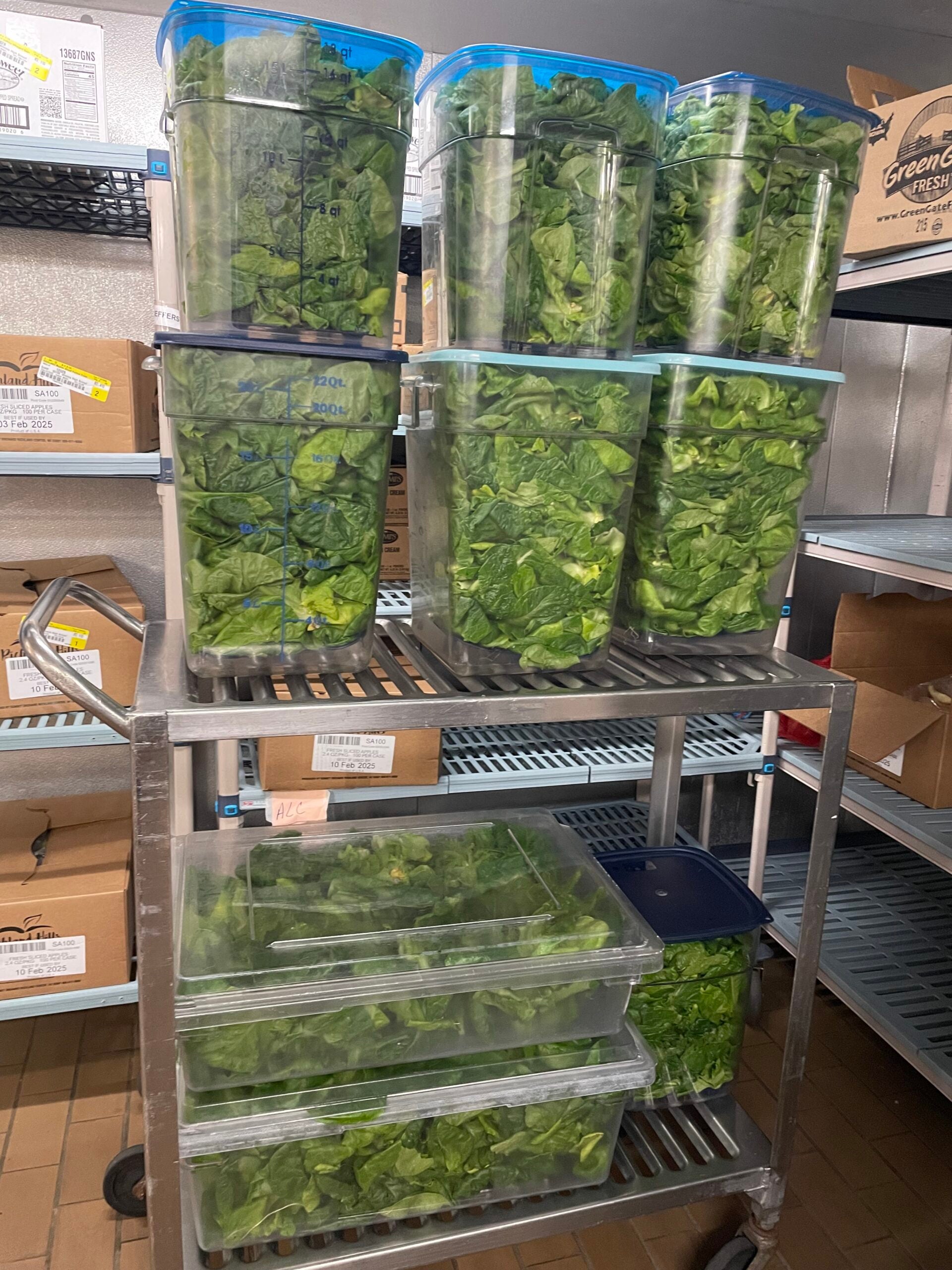
Winona isn’t alone. More than 800 schools in Wisconsin are using Flex Farms, according to Fork Farms CEO and cofounder Alex Tyink. The systems were designed with schools in mind.
“Schools tend to be the largest restaurant in a given community. They serve so many meals, and they have such a critical role that they play in local food systems,” Tyink told “Wisconsin Today.” “We saw a huge opportunity to assist in improving school lunch and assist in the learning environment at the same time.”
Growing food for growing minds
Although Jackson has experimented with tomatoes and basil, the Flex Farms in Winona mostly grow greens. Her favorite to eat is the iceberg lettuce.
“This year was kind of a trial year to see what grows fastest, what grows best and what grows the fullest,” she said.
Jackson spends up to 15 hours a week managing six of the soil-free Flex Farms. She does most of it single-handedly: germinating seeds before adding them to the gardens and continually monitoring the acidity and nutrient levels in the water, which gets cycled through the vertical towers of plants.
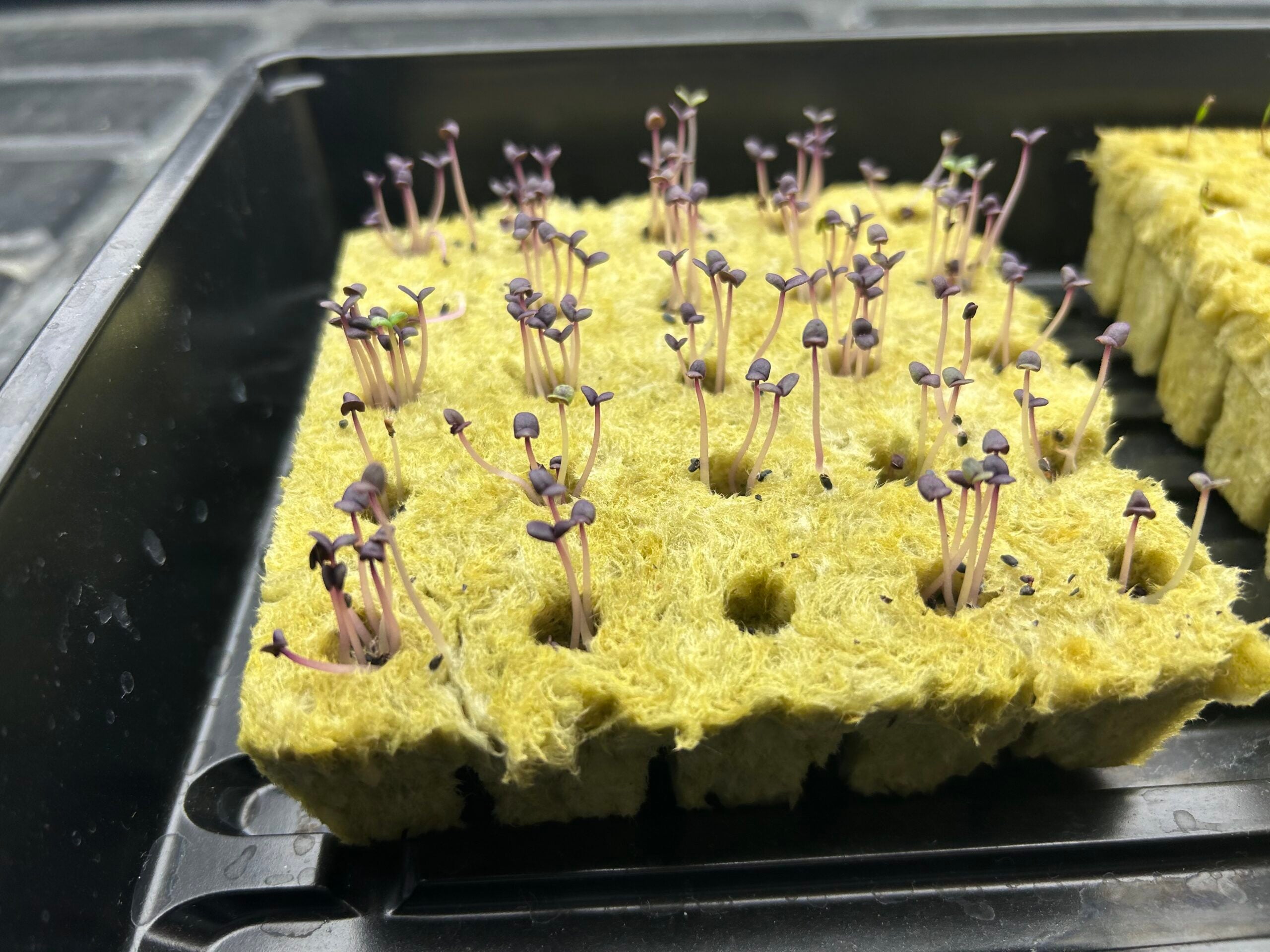
The one task she usually needs help with is the harvest, which happens after about three weeks for greens growing in the Flex Farm.
“Some days we’ll harvest and that will then be served the next day,” Jackson said. “You’re able to tell the difference between that and then the shredded, processed stuff you buy that has been picked a while ago,” Jackson said.
Freshness has always been a priority for Walters, the nutrition director, but it hasn’t always been this affordable.
“I was paying $20 a pound for the greens,” Walters said. “We had two of the farms already, and I thought, ‘Why don’t we just expand this and start growing more of our own?’ It’s been a cost savings in that respect.”
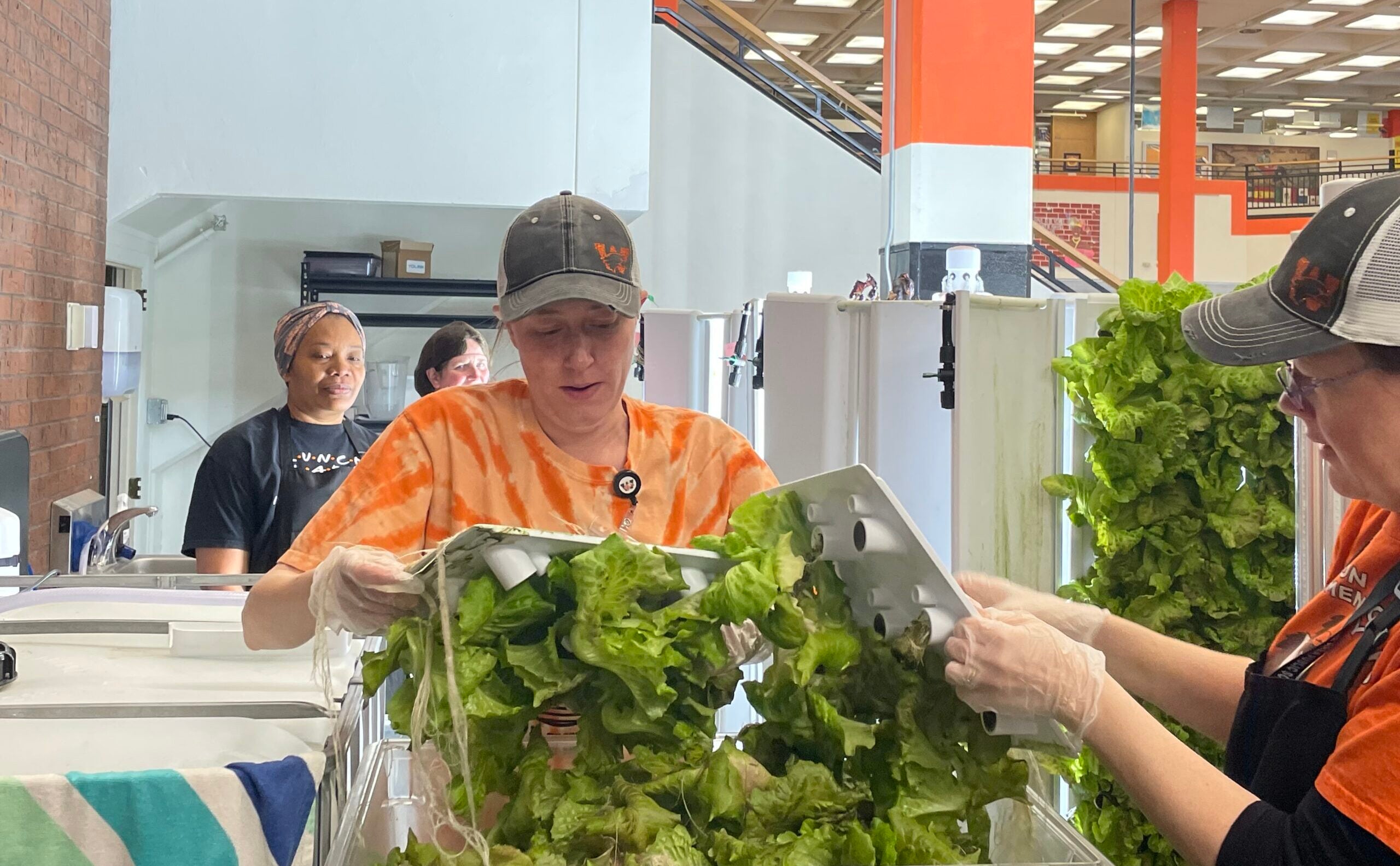
The farms themselves cost about $5,000 each. The first two Flex Farms were purchased several years ago for use in the school’s agriculture department. The other four were purchased last year with money from Minnesota’s Urban Agriculture Grant program.
Walters hopes to expand the program to the district’s middle school, where students already study hydroponics in their science classes using small, table-top gardens.
“Unfortunately, our middle schoolers are not great lettuce-eaters. I’m hoping by starting with one farm, they can see how much fun it is to see the lettuce grow and have it on their plate,” Walters said.
Jackson knows firsthand how seeing that process can change a student’s perspective. While she previously had no experience in agriculture, she now hopes to explore it as a career — ideally, continuing her work with hydroponic farming.
“It’s also just taught me a lot about agronomy and plant science and growing produce, as well as understanding where our food comes from,” Jackson said.
Putting food production into consumers’ hands
Tyink, the CEO, grew up in Appleton before moving to New York City to become an opera singer. It was at a rooftop garden in Brooklyn that he discovered the benefits of growing his own food.
“My eating habits changed, and they changed so much that it actually helped me through some depression and anxiety I had going on at the time,” Tyink said.

He was inspired to start designing indoor and rooftop growing systems. In 2014, Tyink moved his company to Wisconsin and has been developing the Flex Farm here ever since.
“The whole mission of Fork Farms and of the Flex Farm is to figure out how we can give people access to high-quality, fresh and affordable food, and make it really easy for them to do it themselves and take the power of food into their own hands,” Tyink said.
Flex Farms are designed for schools. Smaller than 10 square feet, they are simple to master and produce enough to feed an entire school. They’re designed to be resource-efficient by recirculating water and recapturing light used in the system.
Flex Farms are ideal for small installations. But Fork Farms is scaling up. In partnership with Rockwell Automation in Milwaukee, it has developed a larger-scale vertical hydroponic farm called the Flex Acre. The design mimics a data center, Tyink said.
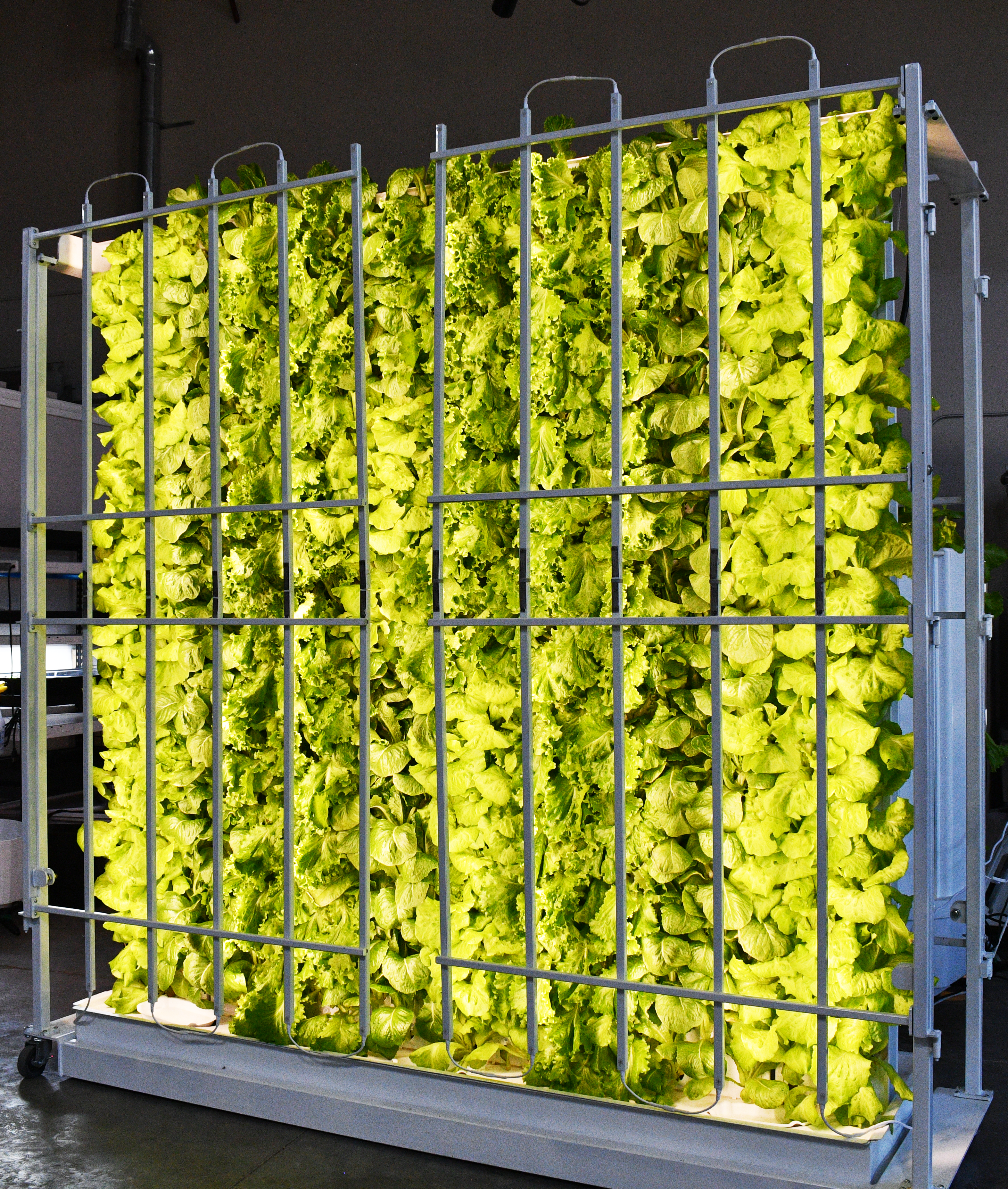
Tyink thinks that Fork Farms has a place in the future of food systems as the price and scarcity of fresh produce continue to rise.
“I think that the food that we eat 10 or 20 years from now is actually going to come from down the street, and it’s not going to have to travel 2,000 miles. It will be grown in a facility that looks a lot like a data center, and in a way that’s clean, safe, and energy and labor efficient,” Tyink said.
He thinks that schools like Winona Area High School will be at the forefront of making that change.
“I think that the future is in communities getting more involved, and taking the power and the control of that back into their own hands,” Tyink said. “We’re going to see it with the people that really care about food the most. And I think those are educators who want to do the best for their kids.”

